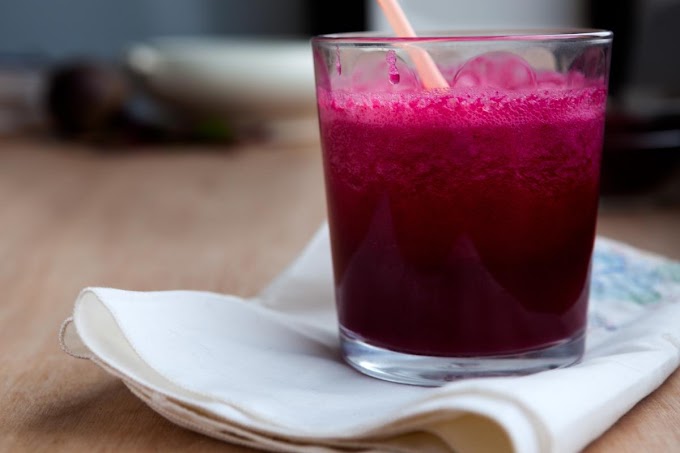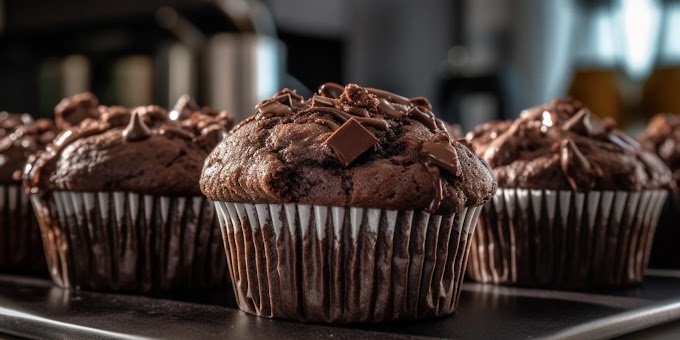Burgers are a beloved staple in many households, and their versatility makes them a go-to meal for any occasion. Whether you're grilling up beef patties for a backyard barbecue, crafting a veggie burger for a meatless Monday, or trying your hand at a turkey burger, one common challenge that many home cooks face is keeping the patties from falling apart. It can be frustrating to watch a carefully formed burger crumble on the grill or in the pan, turning your perfect patty into a disappointing mess. Luckily, there are several ingredients and techniques you can use to help your burgers hold together better. In this article, we’ll explore various options for binding agents and tips for creating sturdy, flavorful burgers that stay intact.
1. Eggs: The Classic Binder
One of the most common and effective binders used in burger recipes is the humble egg. Eggs are incredibly versatile and work well in most types of burgers, whether you're making beef, chicken, turkey, or even veggie burgers. The proteins in eggs coagulate when heated, helping to bind the ingredients together and give the burger structure.
To use eggs as a binder, simply beat one or two eggs (depending on the size of your batch) and mix them into your burger mixture. Be careful not to add too much egg, as it can make the patties overly moist and difficult to cook through. Start with one egg for every pound of meat or mixture, and add more if necessary.
Pro Tip: If you’re making a vegan burger, you can substitute eggs with a flaxseed or chia seed egg. To make a flaxseed or chia egg, mix one tablespoon of ground flaxseed or chia seeds with three tablespoons of water, let it sit for a few minutes until it becomes gelatinous, and then add it to your mixture.
2. Breadcrumbs: The Unsung Hero
Breadcrumbs are another popular binding agent, especially when combined with eggs. They help absorb moisture, add bulk, and provide texture, all of which contribute to a firmer patty. Breadcrumbs work well in meat and veggie burgers alike.
You can use regular breadcrumbs, panko, or even crushed crackers as a binder. Mix the breadcrumbs directly into your burger mixture until the desired consistency is reached. If your patties are too wet or sticky, adding more breadcrumbs can help absorb some of the moisture, making the patties easier to handle and cook.
Pro Tip: For a healthier alternative, try using whole-grain breadcrumbs or ground oats. They provide the same binding properties with added fiber and nutrients.
3. Mashed Potatoes: The Moisture Retainer
Mashed potatoes are a fantastic binder, particularly for veggie and fish burgers. They add moisture and help hold the mixture together without altering the flavor too much. This is especially useful if you’re aiming for a gluten-free option.
To use mashed potatoes as a binder, simply boil and mash a potato, then mix it into your burger mixture. The starchy nature of potatoes helps to create a cohesive mixture, making it easier to form patties that hold their shape during cooking.
Pro Tip: Sweet potatoes also work well and add a subtle sweetness to your burgers. They’re particularly delicious in black bean or chickpea burgers.
4. Cheese: A Flavorful Binder
Cheese is not only a delicious addition to burgers but also serves as a binding agent. The fats and proteins in cheese melt during cooking, helping to hold the burger together. This works best in beef, chicken, and turkey burgers, where the flavors of the meat and cheese complement each other.
To use cheese as a binder, grate your cheese of choice (cheddar, mozzarella, or gouda work well) and mix it directly into the burger mixture. The cheese will melt as the burger cooks, creating a gooey, cohesive patty.
Pro Tip: If you’re making a stuffed burger, consider using a combination of cheese and another binder like breadcrumbs to ensure the filling stays inside the patty.
5. Oats: A Heart-Healthy Binder
Oats are an excellent binding agent, especially for those looking to add a bit of extra fiber to their diet. They absorb moisture and swell, creating a sticky texture that helps hold the burger together. Oats are particularly effective in veggie and bean burgers, where they complement the other ingredients well.
To use oats as a binder, mix them directly into your burger mixture. If you find the mixture too dry, you can add a little water or vegetable broth to help the oats absorb the liquid and bind the mixture together.
Pro Tip: Rolled oats work best, but you can also use quick oats if you’re short on time. Just be sure to let the mixture sit for a few minutes to allow the oats to fully absorb the moisture before forming the patties.
6. Beans: A Protein-Packed Binder
Beans are a popular ingredient in veggie burgers, and they also serve as a natural binder. The starchy nature of beans helps to hold the burger together while adding protein and fiber. Black beans, chickpeas, and kidney beans are all excellent choices.
To use beans as a binder, mash them slightly before mixing them into your burger mixture. You can use canned beans for convenience, but be sure to drain and rinse them first. The beans should be soft enough to mash easily but not so soft that they turn into a paste.
Pro Tip: For extra flavor, season your beans with spices like cumin, paprika, or garlic powder before adding them to the mixture.
7. Nut Butters: A Unique Binder
Nut butters like peanut butter, almond butter, or tahini might not be the first thing that comes to mind when you think of binders, but they work surprisingly well in certain types of burgers. Nut butters add a rich, creamy texture and help hold the burger together, making them a great choice for veggie or vegan burgers.
To use nut butter as a binder, mix a small amount (about one to two tablespoons per batch) into your burger mixture. The natural fats in the nut butter will help create a cohesive mixture that holds its shape during cooking.
Pro Tip: Experiment with different types of nut butters to find the flavor that best complements your burger. For example, tahini works well in Mediterranean-inspired burgers, while peanut butter adds a unique twist to Asian-style burgers.
8. Cooked Grains: The Ancient Binder
Cooked grains like quinoa, rice, or bulgur are another excellent option for binding burgers. They add texture, flavor, and nutritional value while helping the mixture hold together. Grains work well in both meat and veggie burgers, offering a hearty, satisfying bite.
To use cooked grains as a binder, simply cook the grain according to the package instructions, let it cool, and then mix it into your burger mixture. The grains will help absorb moisture and create a sturdy patty that holds its shape during cooking.
Pro Tip: For added flavor, cook your grains in broth instead of water, or season them with herbs and spices before mixing them into the burger mixture.
Conclusion: Creating the Perfect Burger
Achieving the perfect burger that holds together is all about finding the right balance of ingredients and binders. Whether you prefer the classic combination of eggs and breadcrumbs or want to experiment with unique binders like nut butter or mashed potatoes, there are plenty of options to suit your taste and dietary preferences.
Remember to consider the type of burger you’re making and choose a binder that complements the other ingredients. With the right binder, you can create delicious, sturdy burgers that won’t fall apart on the grill or in the pan. So next time you’re whipping up a batch of burgers, don’t be afraid to get creative with your binders and enjoy a meal that’s not only tasty but also perfectly held together.








Social Plugin